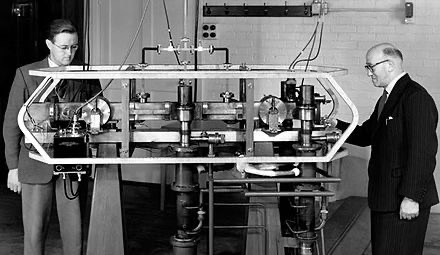In this third installment of The Greatest Horological Inventions of All Time, examines the history of atomic timekeeping, from its earliest conception, to its potential future. Atomic timekeeping and atomic clocks are often misunderstood, but they form a framework for modern timekeeping standards that is, ultimately, indispensable.
“A more universal unit of time might be found by taking the periodic time of vibration of the particular kind of light whose wavelength is the unit of length.”
James Clerk Maxwell, Scottish Physicist from his Treatise on Electricity and Magnetism dated 1873
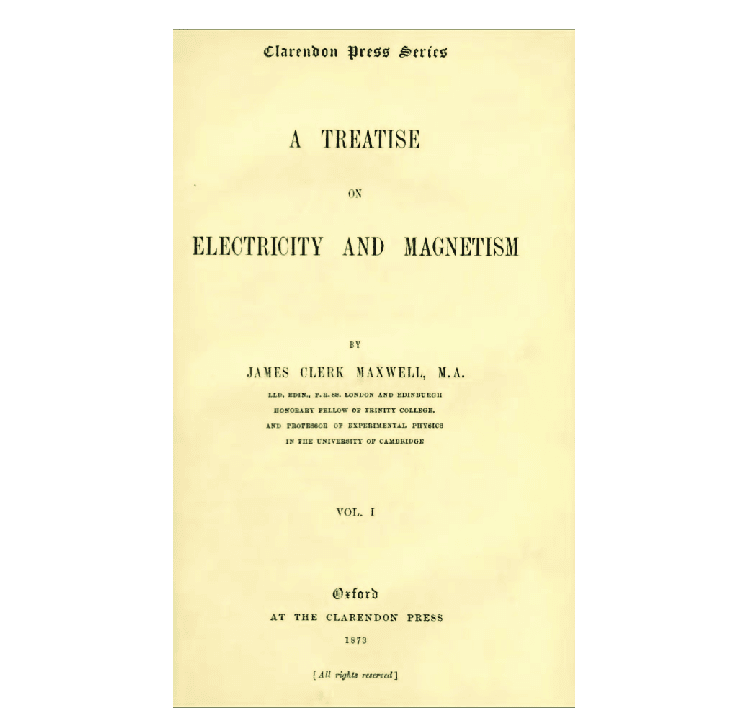
It was way back in 1900 that the German physicist Max Planck suggested that the energy of an atomic oscillator is quantised. Albert Einstein extended this concept in 1905, explaining that electromagnetic radiation is localised in packets, later referred to as photons, of frequency and energy. This was the beginning of the journey that led to the invention of the Atomic Clock.
How does an Atomic Clock Work
An atomic clock is a type of clock that uses certain resonance frequencies of atoms to keep time with extreme accuracy. The electronic components of atomic clocks are regulated by the frequency of microwave electromagnetic radiation. Only when this radiation is maintained at a highly specific frequency will it induce the energy change of the caesium or rubidium atoms. In an atomic clock these energy changes are observed and maintained in a feedback loop that trims the frequency of the electromagnetic radiation; like the recurrent events in other types of clocks, these waves are then counted.
The caesium atomic clock, which serves as the standard for the International System of Units (SI) second, operates based on the transition between two energy levels of the cesium-133 atom. When caesium atoms are exposed to microwave radiation at a frequency of about 9,192,631,770 Hz, they transition between these energy levels. This precise frequency is used to define the second.
Caesium atoms are funnelled into a microwave cavity, where they are exposed to the microwave radiation of the specific frequency. A detector checks how many atoms transitioned between energy levels. Feedback mechanisms adjust the microwave frequency to ensure it matches the precise frequency needed for maximum transitions. The atomic transition frequency is used to regulate a quartz oscillator, which keeps the time.
There are four basic types of Atomic Clocks, as detailed below.
- Caesium Clocks: The most common and historically significant atomic clocks. The caesium clock defined the second and is used in many national standards.
- Rubidium Clocks: These are smaller and less expensive than caesium clocks but not as precise. They are often used in applications where a high degree of accuracy is needed but not at the level of caesium clocks.
- Hydrogen Masers: These clocks are highly stable over short periods and are used in combination with caesium clocks for very precise timekeeping in scientific applications.
- Optical Clocks: A newer technology using optical transitions (visible or ultraviolet light) rather than microwave transitions. They promise even greater precision than traditional atomic clocks.
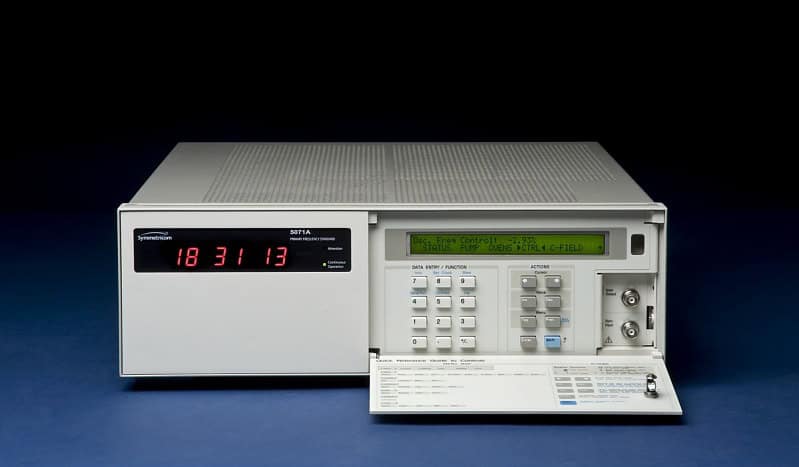
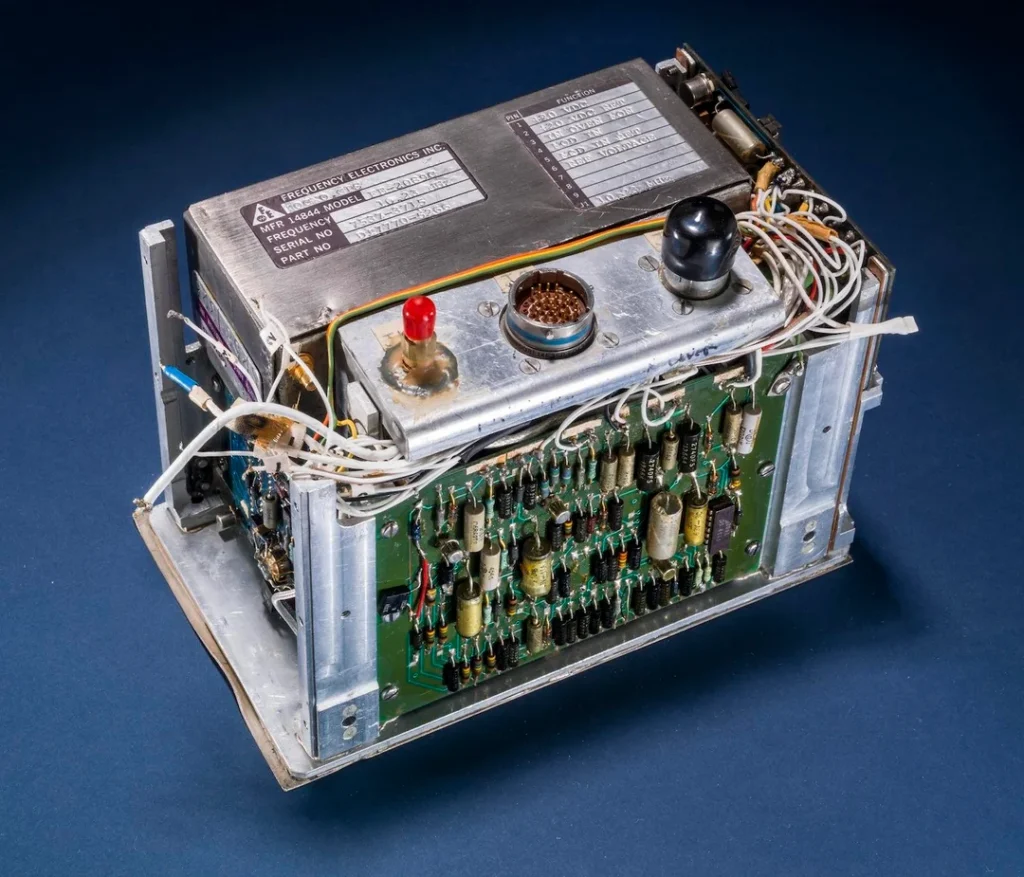
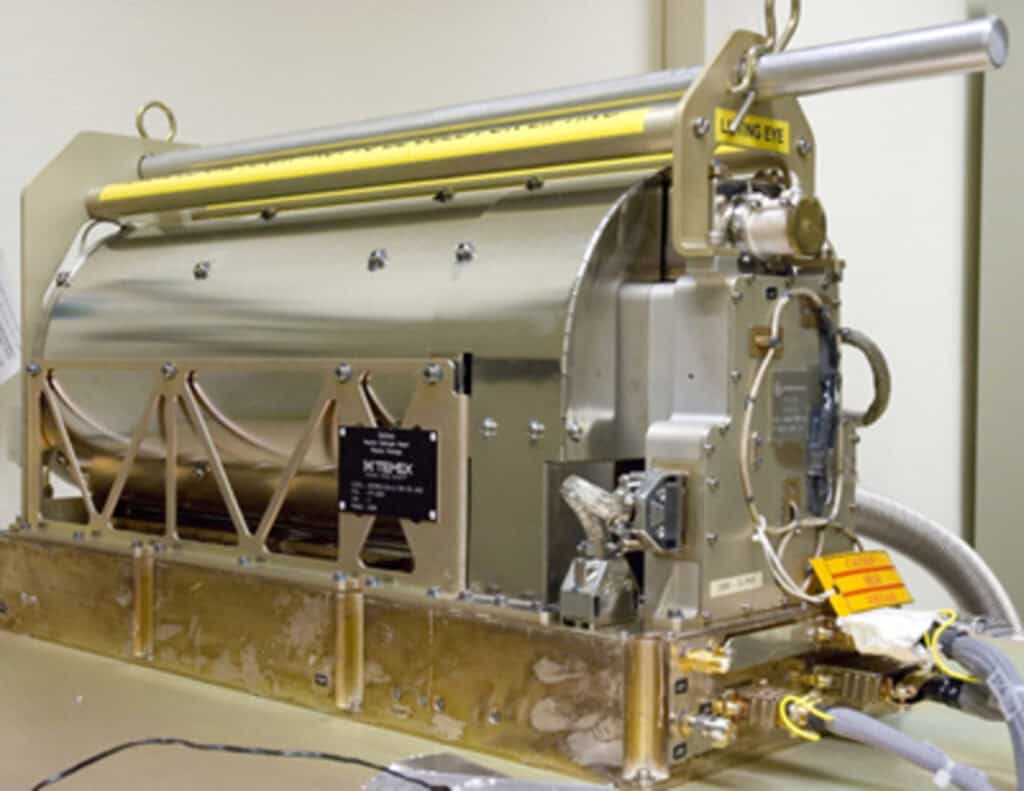
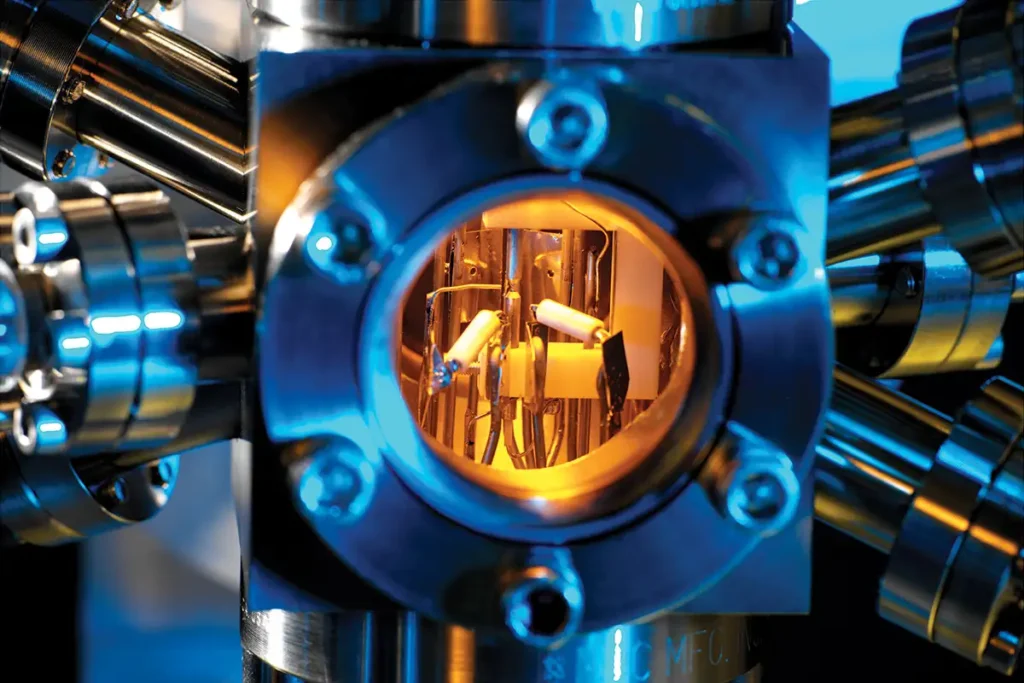
It is clear to see that atomic clocks bear little resemblance to standard clocks and are a world away from antique clocks made in Europe over the past 400-years. There are very good reasons for this as they are powered in a very different way to mechanical clocks.
Why is this important?
In 1967 the 13th General Conference on Weights and Measures redefined the second, the unit of time in the International System of Units, in terms of the caesium standard to equal the second of Ephemeris Time, i.e. time on a scale defined by the orbital period rather than the axial rotation of the earth.
“The duration of 9,192,631,770 periods of the radiation corresponding to the transition between the two hyperfine levels of the ground state of the caesium-133 atom.”
Definition of the second, redefined at the 13th General Conference on Weights and Measures in 1967
Until the 1990s the caesium beam atomic clock was the most accurate standard of atomic time and frequency. The principle underlying the caesium clock is that all atoms of cesium-133 are identical and, when they absorb or release energy, produce radiation of exactly the same frequency, which makes the atoms perfect timepieces. Since then, laboratories around the world have gradually improved the accuracy of caesium ‘fountain’ atomic clocks. These clocks get their name from the fountain like motion of the caesium gas. The timing process begins by introducing caesium gas into a vacuum chamber and directing six infrared lasers to compact and slow down the caesium atoms to a temperature near absolute zero.
Following on from this process, two vertical lasers are used to nudge the atoms up about a metre, creating a ‘fountain’, through a microwave-filled cavity. The microwave frequency is tuned to maximise the observed fluorescence, which occurs at the natural resonance
frequency of the caesium atom. Because the round-trip through the microwave cavity takes about a second, control of the microwave frequency has resulted in greater timekeeping accuracy. The best caesium fountain atomic clocks are now predicted to be out by less than one second in more than 50 million years.
Who invented the Atomic Clock?
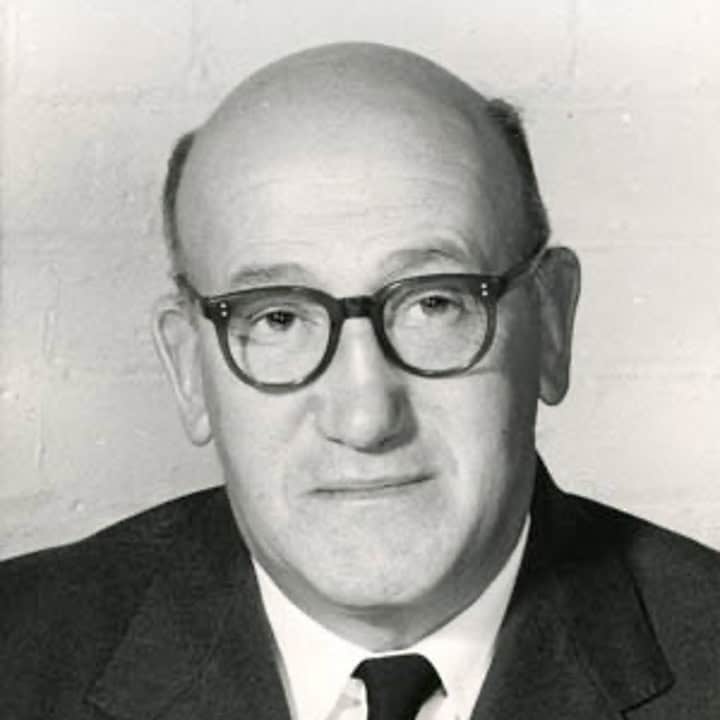
Louis Essen was born on 6th September 1908 in Nottingham, England. He was an English physicist who invented the quartz crystal ring clock and the first practical atomic clock. These devices were capable of measuring time more accurately than any previous clocks.
Essen studied physics at Nottingham University College, where he earned a University of London physics degree and D.Sc. In 1929 he began work on frequency and time standards at England’s National Physical Laboratory (NLP) at Teddington in Middlesex, making studies of tuning forks and quartz oscillators. His investigations culminated in the quartz ring clock (1938), which used the electrically induced vibrations of a quartz crystal to measure time.
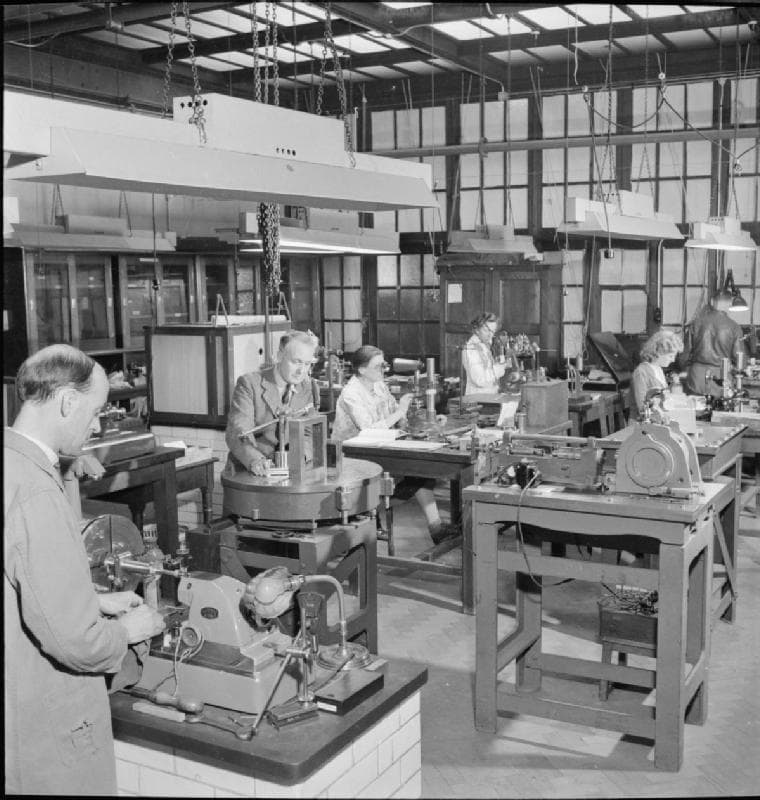
By 1950 Essen had become interested in the possibility of using the frequency of atomic spectral lines to keep time with extraordinary accuracy. The clock that he and his colleague J.V.L. Parry had developed by 1955 was regulated by the natural resonance frequency of caesium atoms. It was accurate to within one part in 10 billion and was the first atomic clock to meet the required standards of accuracy for such devices. By 1957 they had developed an improved version of the clock that was accurate to within one part in one trillion. The extremely accurate value obtained by Essen and Parry for the frequency of the caesium atom in 1958 provided a new standard for measuring time, called atomic time, and was eventually used to redefine the standard SI unit of time, the second, in terms of atomic frequencies in 1967.
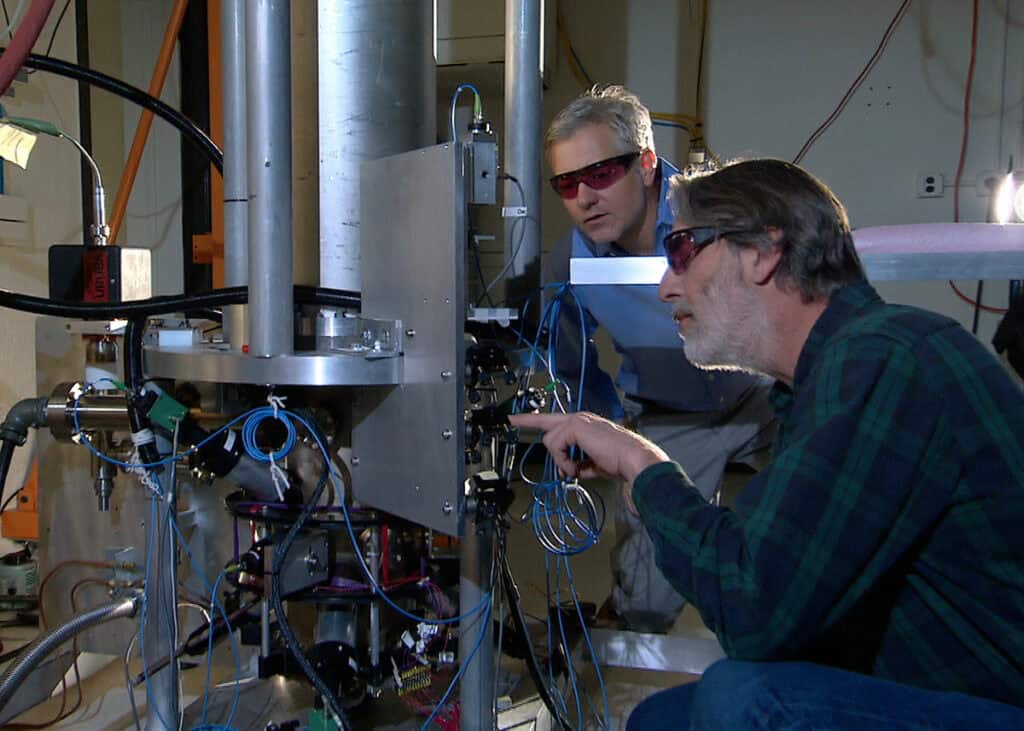
Since Essen and Parry’s invention of the atomic clock, there has been an extraordinary level of technological developments across the globe. These include elements such as lasers and optical frequency combs that led to increasing accuracy of atomic clocks. Lasers enable the possibility of optical-range control over atomic states transitions, which has a much higher frequency than that of microwaves, while optical frequency comb measures highly accurately frequency oscillation in light.
The first advance beyond the precision of caesium clocks occurred in the USA at the National Institute of Standards and Technology (NIST) in 2010 with the demonstration of a ‘quantum logic’ optical clock that used aluminium ions to achieve an extremely high level of precision.
Scientists at the Joint Institute for Laboratory Astrophysics (JILA) demonstrated a strontium clock with a frequency precision of ten to the power of eighteen (10-18) in 2015. Scientists at NIST developed a quantum logic clock that measured a single aluminium ion in 2019 with a frequency uncertainty of ten to the power of nineteen (10-19). The second is expected to be redefined when the field of optical clocks matures, sometime around the year 2026 or 2030.
Modern Day Impact and Applications
The development of the atomic clock has led to several significant advancements across various fields, impacting on both technology and daily life. Some of the most notable contributions and advancements include:
Precision Timekeeping: Atomic clocks are incredibly accurate, losing only a second in millions of years. This precision is crucial for various applications, including scientific research and global navigation systems.
Global Positioning System (GPS): The accuracy of atomic clocks is fundamental to the functioning of GPS. GPS satellites use atomic clocks to synchronise signals, allowing for precise location determination. This technology is widely used in navigation for transportation, military applications, and geolocation services.
Telecommunications: The synchronisation provided by atomic clocks is essential for telecommunications networks. Accurate timing ensures the efficient transmission of data over vast distances, improving the reliability and performance of mobile networks, the internet, and satellite communications.
Scientific Research: Experiments in fundamental physics, such as tests of general relativity, depend on the precise time measurements provided by atomic clocks. Atomic clocks are used in radio astronomy and to synchronize telescopes around the world, enhancing the resolution and accuracy of astronomical observations.
Finance: High-frequency trading and other financial transactions rely on precise timekeeping to synchronise and timestamp operations. Atomic clocks help ensure that trades are executed accurately and fairly, reducing the risk of errors and discrepancies.
International Time Standards: Atomic clocks form the basis of international time standards such as Coordinated Universal Time (UTC). They help maintain a uniform and precise global time standard, which is crucial for various global activities, including aviation, space exploration, and international communications.
Astronomy: Atomic clocks contribute to advancements in astronomy by improving the accuracy of observations and measurements. They are used in radio telescopes and other astronomical instruments to achieve precise synchronisation and timing.
Metrology: The science of measurement, metrology, has benefited from the development of atomic clocks. They provide a highly stable reference for calibrating other clocks and timekeeping devices, leading to more accurate and consistent measurements in various scientific and industrial fields.
“Most technological advances in our life now come from serendipitous discoveries. That is a contraction of rocket technology and computer technology and atomic clock technology.”
Serge Haroche, French Physicist awarded the 2012 Nobel Prize for Physics for ground-breaking experimental methods that enable measuring and manipulation of individual quantum systems
The ongoing research and development in these areas promise to enhance the performance of atomic clocks and expand their applications across various fields, driving innovation and technological advancement.
Optical Lattice Clocks: Optical lattice clocks, which trap atoms in a grid of laser light, are expected to achieve even higher precision and stability. They utilise transitions in optical frequencies rather than microwave frequencies, offering improved timekeeping.
Quantum Logic Clocks: Quantum logic clocks use quantum entanglement and other quantum phenomena to measure time with unprecedented accuracy. By using different types of ions, these clocks can correct for systematic errors more effectively, enhancing overall accuracy.
Space-Based Atomic Clocks: New initiatives, such as NASA’s Deep Space Atomic Clock, aim to improve deep-space navigation and exploration by providing precise timing far from Earth.
Improved Frequency Standards: With advancements in atomic clocks, there is potential to redefine the second based on optical transitions rather than the current cesium standard. Optical frequency combs will enable more precise measurements across a broader range of frequencies, supporting the development of new standards.
Networked and Distributed Timekeeping: Future developments may focus on networked atomic clocks for synchronised timekeeping over large distances, which can benefit scientific experiments and global communication systems.
Timeline – Defining moments in atomic timekeeping:
- 1949 – Ramsey’s separated oscillatory field technique
- 1955 – First caesium atomic clock
- 1960 – Hydrogen maser
- 1967 – Redefinition of the second in terms of caesium
- 1975 – Proposals for laser cooling of atoms and ions
- 1978 – Laser cooling of trapped ions
- 1980s – GPS satellite navigation introduced
- 1985 – Laser cooling of atoms
- 1993 – First caesium-fountain clock
- 1999 – First optical-frequency measurement with femtosecond combs
- 2001 – Concept of an optical clock demonstrated
In summary, atomic clocks are a cornerstone of modern technology and science, providing the precise timekeeping necessary for numerous advanced applications. Overall, the atomic clock has revolutionised how we measure time, enhancing the accuracy and reliability of timekeeping and enabling numerous technological advancements and scientific discoveries.
The next feature in the series titled Why George Daniels’ Co-Axial Escapement Revolutionised Mechanical Watchmaking is now available on Worn & Wound.


